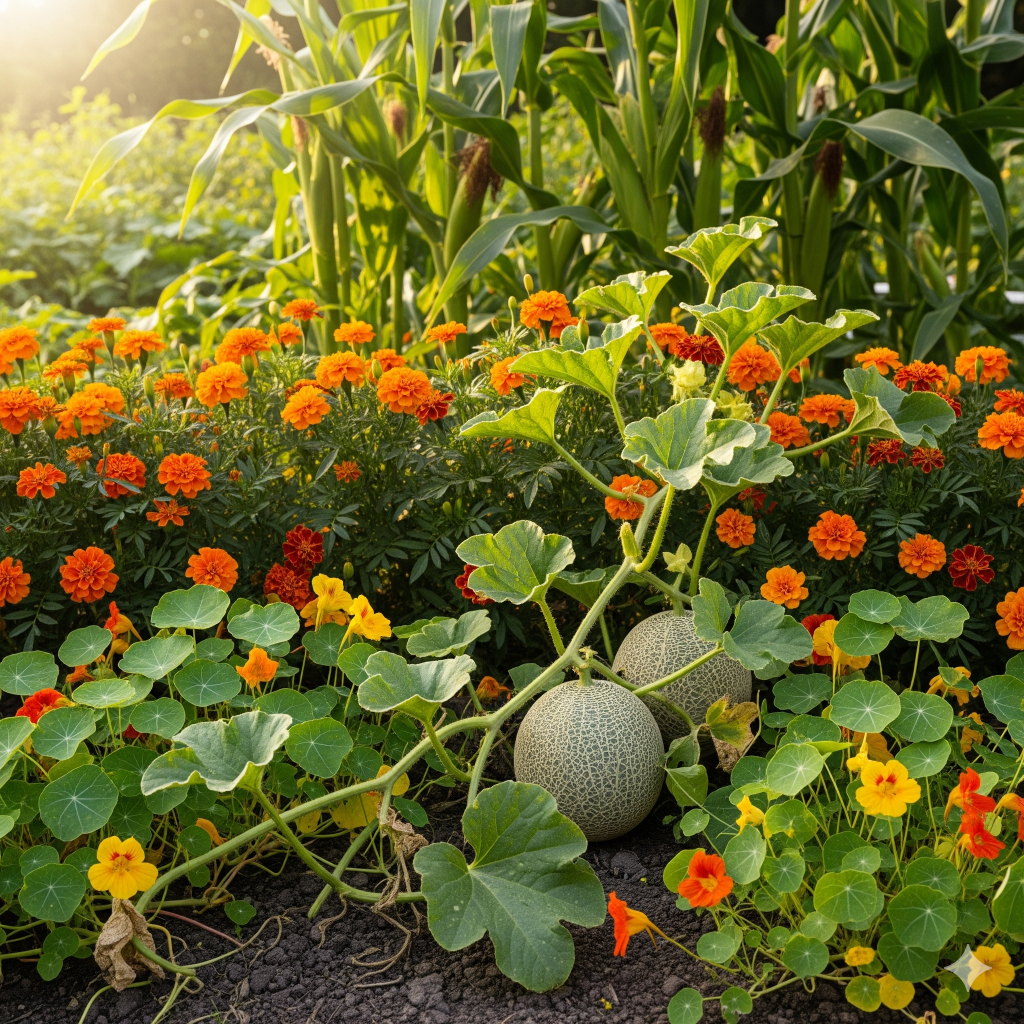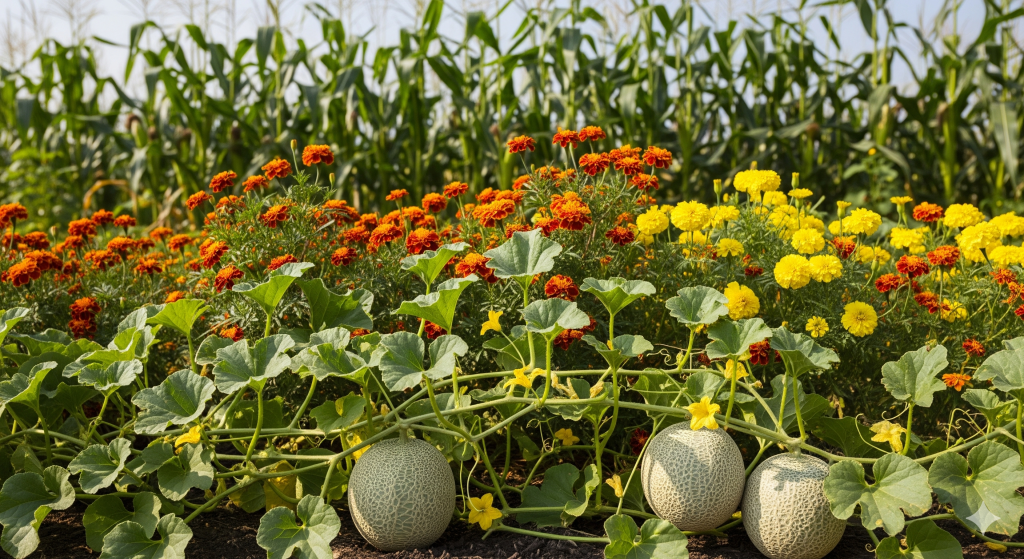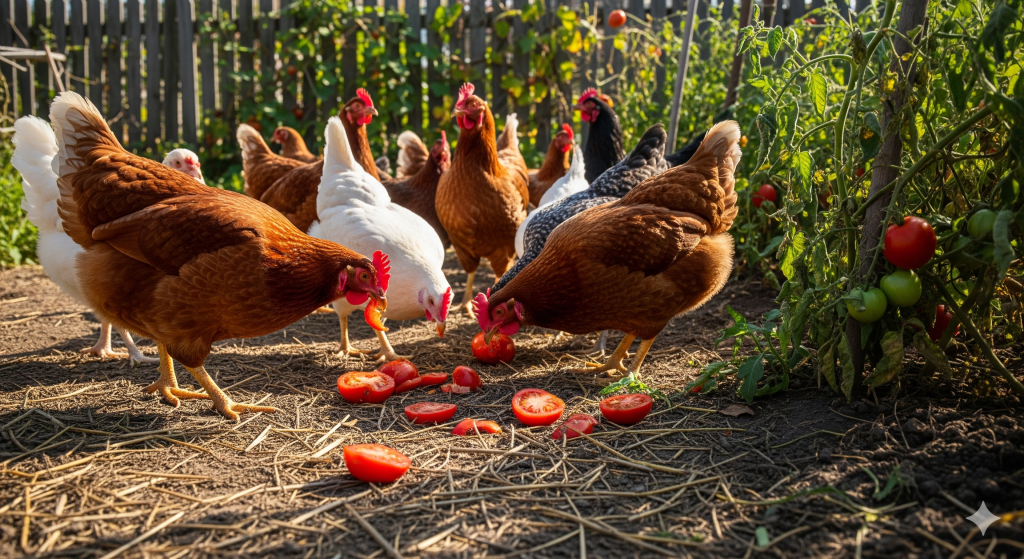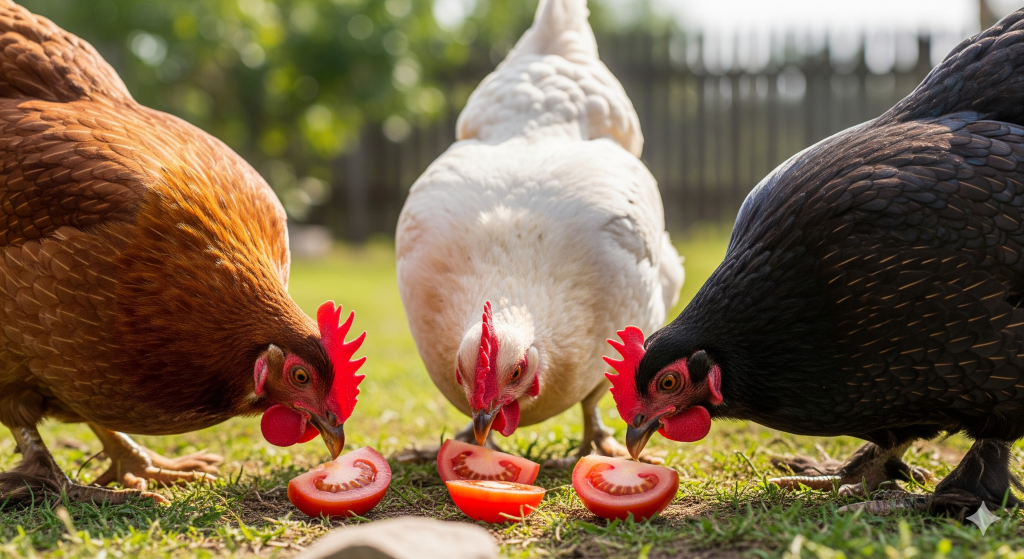Table of Contents
Gardening is a delicate dance of sun, soil, and strategic plant placement. Every seasoned gardener knows that some plants are best friends, while others are bitter rivals. This intricate relationship is at the heart of companion planting, a technique that leverages plant interactions to promote health, deter pests, and improve yields. If you’re envisioning a garden overflowing with juicy tomatoes and sweet cantaloupes, a common question arises: can these two beloved summer crops share the same space?
The simple answer to whether you can plant tomatoes next to cantaloupe is yes, with careful consideration and proper management. While not the absolute best of companions, they can coexist successfully under the right conditions. The key lies in understanding their individual needs and how to mitigate potential conflicts, primarily concerning space, water, and disease susceptibility. Let’s delve into how to make this pairing work and what alternatives you might consider for a truly harmonious garden.
Want the Ultimate Guide to Off-Grid Living?

If you love the self-sufficient lifestyle, this is the only guide you’ll ever need. Learn how to generate your own power, secure your water supply, and become truly independent. No fluff, just actionable plans.
➡️ Check out The Self-Sufficient Backyard and start your journey today!
What Not to Plant with Cantaloupe
While cantaloupe is a relatively easy-going plant, some companions can hinder its growth, attract pests, or even transmit diseases. Knowing which plants to keep away from your sweet melons is crucial for a healthy harvest. The primary issues often revolve around shared vulnerabilities to pests and diseases, or competitive growth habits.
Here are some plants you should generally avoid planting with cantaloupe:
- Potatoes: Potatoes are notorious for being heavy feeders, competing aggressively for nutrients in the soil. More importantly, they can be susceptible to early blight and other fungal diseases that might spread to your cantaloupe, especially in humid conditions.
- Most Aromatic Herbs (e.g., Rosemary, Thyme, Sage): While some herbs are beneficial, strongly aromatic herbs can sometimes affect the flavor of nearby melons, making them taste bitter or “off.” Their growth habits also differ significantly, with melons preferring rich, consistently moist soil, while many Mediterranean herbs prefer drier, leaner conditions.
- Other Cucurbits (Squash, Pumpkins, Cucumbers): While they belong to the same family, planting many cucurbits too close can lead to cross-pollination, resulting in strange-tasting or undesirable fruit. More critically, they share common pests (like squash bugs and cucumber beetles) and diseases (like powdery mildew), making it easier for problems to spread rapidly through your melon patch.
- Fennel: Fennel is often considered an “inhibitor” plant, as it can stunt the growth of many nearby vegetables, including cantaloupe. It’s generally best grown in isolation.
- Deep-Rooted, Heavy Feeders: Plants with very deep and aggressive root systems that are also heavy feeders can outcompete cantaloupe for vital nutrients and water, leading to smaller, less flavorful melons.
The general rule is to avoid plants that are overly competitive, share pest and disease susceptibilities, or can negatively impact the melon’s flavor and growth.

What Plants Go With Cantaloupe?
For a thriving cantaloupe patch, consider pairing them with companions that offer mutual benefits, deter pests, or simply coexist without competition. The goal is to create a diverse ecosystem where each plant contributes positively to the overall health of the garden.
Here are some excellent companion plants for cantaloupe:
- Corn: This is a classic “Three Sisters” companion. Tall corn stalks provide natural shade for cantaloupe vines during the hottest parts of the day, preventing sunscald on the fruit. The cantaloupe, in turn, acts as a living mulch, shading the soil around the corn and suppressing weeds.
- Radishes: These quick-growing root vegetables break up compacted soil, improving drainage and aeration for the cantaloupe’s roots. They are harvested long before the cantaloupe vines truly take over, so there’s no competition for space or resources.
- Marigolds (especially French Marigolds): These cheerful flowers are well-known for their pest-repelling properties. Their roots release compounds that deter nematodes, and their strong scent can confuse other pests like cucumber beetles, protecting your cantaloupe.
- Nasturtiums: Similar to marigolds, nasturtiums are excellent trap crops. Pests like aphids are often drawn to nasturtiums, leaving your cantaloupe alone. They also add a beautiful, edible splash of color to the garden.
- Beans (Bush or Pole): Legumes like beans are nitrogen-fixers, meaning they convert atmospheric nitrogen into a form that plants can use in the soil. This natural fertilization can benefit your cantaloupe, which is a moderate feeder. If using pole beans, they can also use corn as a trellis, further supporting a “Three Sisters” style setup.
- Herbs (Catnip, Borage, Oregano):
- Catnip: Known to deter flea beetles and other pests.
- Borage: Attracts beneficial pollinators like bees, which are essential for cantaloupe fruit set. It’s also believed to improve the flavor and growth of cucurbits.
- Oregano: While strongly aromatic, a small amount of oregano nearby can help deter common garden pests without negatively impacting flavor.
- Lettuce/Spinach: These leafy greens have shallow root systems and are harvested early in the season, making them ideal ground cover plants around young cantaloupe vines. They keep the soil cool and moist and are gone before the cantaloupe needs to spread extensively.
When planning your cantaloupe patch, think about diversity. A variety of companion plants can create a more resilient and productive garden, reducing reliance on chemical interventions and promoting a healthy ecosystem.
Conclusion
Planting tomatoes and cantaloupe together is certainly feasible, provided you give them adequate space, consistent water, and watchful care to prevent the spread of common issues. While they aren’t the most iconic companion planting pair, their shared love for sunshine and consistent moisture means they can happily coexist in the same general area of your garden.
However, for optimal cantaloupe health and a truly pest-resistant garden, consider pairing them with their tried-and-true allies: corn for shade, beans for nitrogen, and pest-repelling marigolds or nasturtiums. By understanding the needs and interactions of your plants, you can cultivate a thriving garden that yields an abundance of sweet, juicy cantaloupes and robust, flavorful tomatoes, making the most of your gardening efforts. Happy planting!



